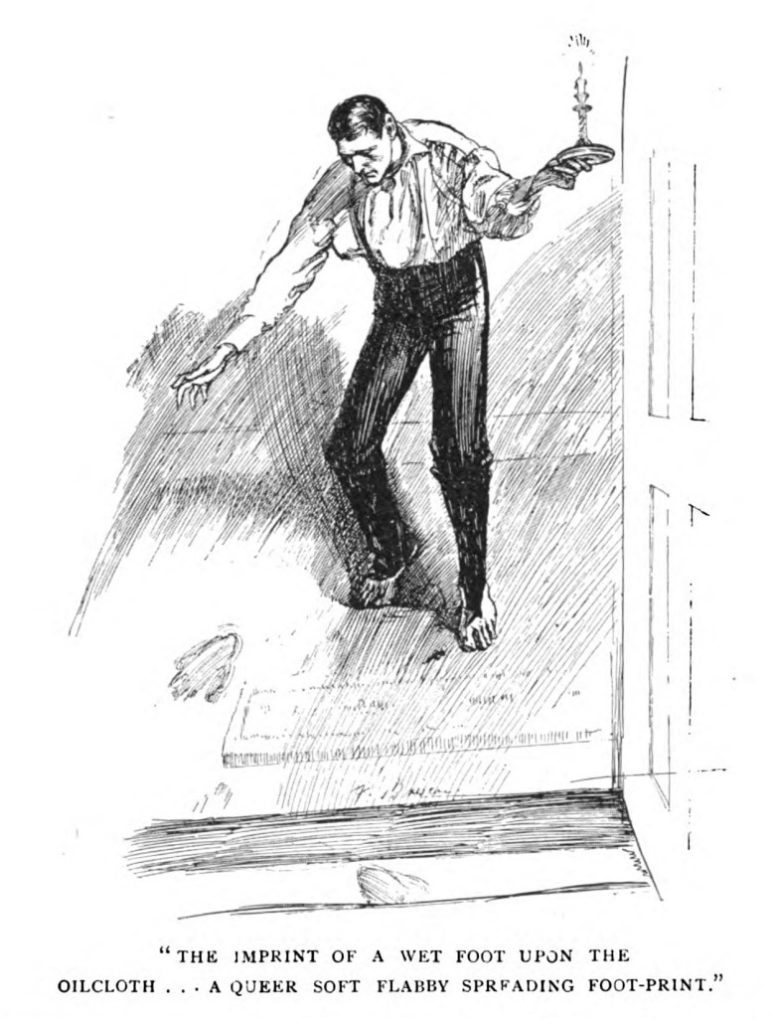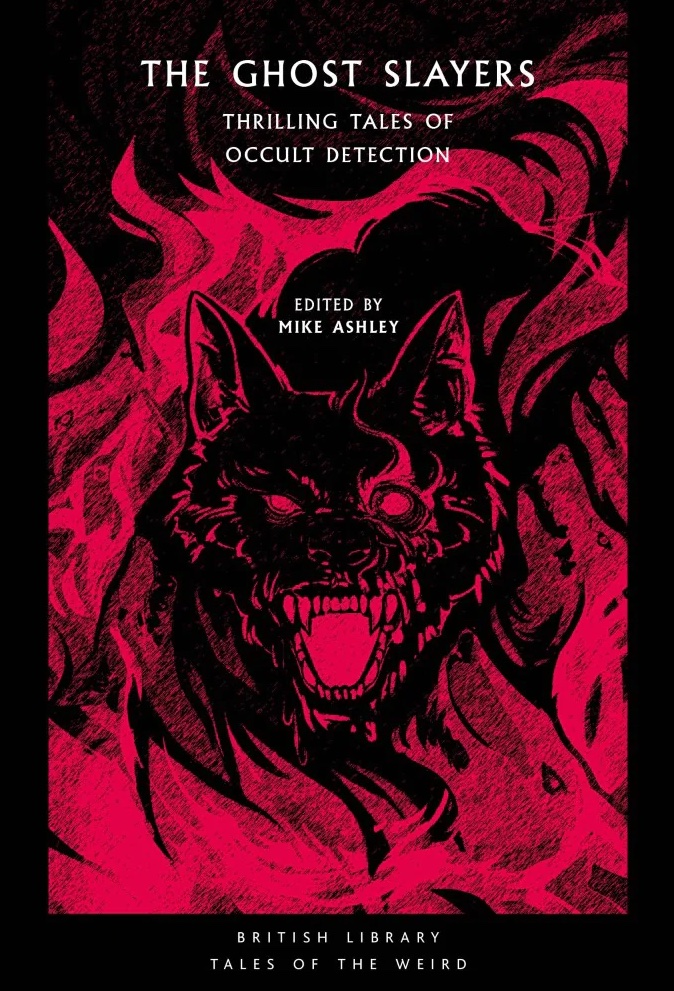I always find entries in the Tales of the Weird series a good bet for me. The British Library launched the series of supernatural, odd, uncanny, and just plain weird about five years ago. Each book collects short stories on a theme, presented by a knowledgable editor. Most feature a healthy mix of well-known pieces with relatively unknown stories — some only seen upon their first publication more than a century ago.
Here Mike Ashley gathered stories that include a supernatural detective, a popular but specific genre. Each story revolves around an unusual event, that might have a ghostly explanation. The victim of the apparitional experience seeks out the expertise of the story’s hero, as they would Sherlock Holmes or any other private detective. The structure is a familiar one for detective story readers — a wildly popular category — but the mysteries have an uncanny aspect.
The first, “The Story of the Moor Road” (1898), is a vehicle for Flaxman Low, the prototype psychic investigator. Low learns of a spectre following and frightening people on the Mood Road. He questions the witnesses and then visits the location to invite the experience himself. The story closes with a theoretic explanation for the scary vision. What’s most interesting to are the many clues to a rational, scientific explanation as well.
The nerve and brain specialist is the link between myself and the man you would send for if you had a touch of lumbago,” replied Low with a slight smile. “Each division is but a higher grade of the same ladder — a step upwards into the unknown. I consider that I stand just one step above the specialist who makes a study of brain disease and insanity; he is at work on the disorders of the embodied spirit, while I deal with abnormal conditions of the free and detached spirit.” ~Pg. 13
Algernon Blackwood was an in-demand novelist and writer in the Edwardian era, and he is most known for his ghostly stories. In “A Psychical Invasion” (1908), his detective Dr. John Silence listens to a fantastical story from a client in his parlor before conducting his own investigation in an empty house. The structure is very much like a Holmes story. Interestingly, Dr. Silence employs the prowess of a dog named Flame and a cat named Smoke in his overnight inquiry, because “animals were more often, and more truly, clairvoyant than human beings. Many of them, he felt convinced, possessed powers of perception far superior to that mere keenness of senses common to all dwellers in the wilds where the senses grow specially alert.” This story also hints at a scientific though less likely explanation.

Also included is “The Searcher of the End House” (1910) by William Hope Hodgson, creator of Thomas Carnacki the Ghost-Finder. Carnacki investigates some odd goings-on in his mother’s home. Alymer Vance appears in “The Fear” (1914) by Claude and Alice Askew, a married couple who were killed in WWI. Mesmer Millan helps a young woman retrieve a priceless treasure in the Australian desert guarded by an evil force in “The Valley of the Veils of Death” (1914) by Bertram Atkey. Dion Fortune shares her own psychical research through her detective Dr. Taverner in “The Death Hound” (1922). Moray Dalton wrote just six stories starring her Scottish psychic detective Cosmo Thor. One, the very rare “The Case of the Fortunate Youth” (1927), is collected here. Cranshawe is called to investigate the always spooky forlorn lighthouse mystery in “The Forgotten Harbor” (1931) by Gordon Hillman (no doubt inspired by the real-life Flannan Isles Mystery). The book closes with an American tale with the ghost of a Revolutionary War soldier in “In Death As In Life” (1963).
I was truly riveted by the tales, both for the adventure of the story but also the possibility of multiple explanations. They display philosophical ideas and thought experiments in the shape of an entertaining story.
My thanks to Thomas at British Library Publishing for the review copy.
Publisher: British Library Publishing
Language: English
Paperback: 288 pages
ISBN-10: 0712354166

